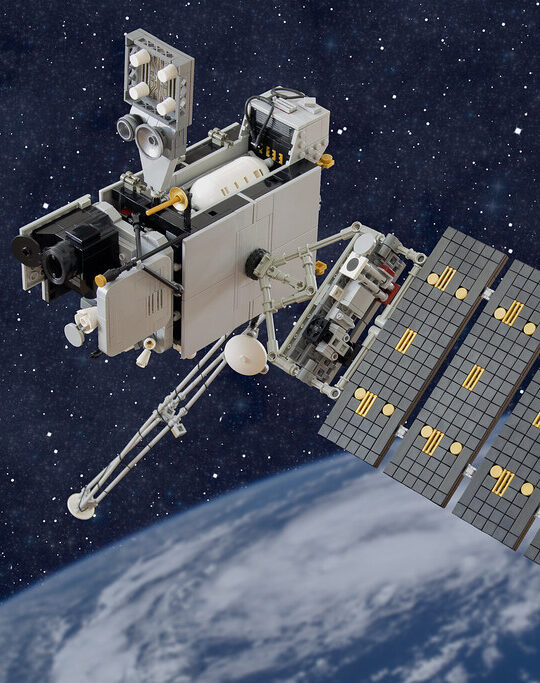
On January 21, ESSIC/CISESS Assistant Research Scientist Guangming Zheng gave a presentation on retrieving chlorophyll concentrations from the GOES-16 Advanced Baseline Imager (ABI) using Deep Learning techniques as part of the 2nd NOAA Workshop on Leveraging AI in Environmental Sciences.
In the talk, Zheng demonstrated the proof-of-concept of using deep learning to retrieve [Chl-a] for the open oceans from GOES-R ABI which was previously considered unfit for ocean color applications owing to the lack of a green band. The deep learning model did well at frontal feature detection even though the input radiance data were not processed with any atmospheric correction. This suggests that deep learning can recognize subtle patterns barely perceptible to the human eye. Deep learning is a powerful tool to take into account a diverse set of input variables that are difficult for humans to handle simultaneously.
Zheng was part of the session: “AI/ML for Information Extraction from Data, Part 2.” He chaired Part 3 on January 28th. To view Zheng’s slides and recording, click here to access the workshop website.





